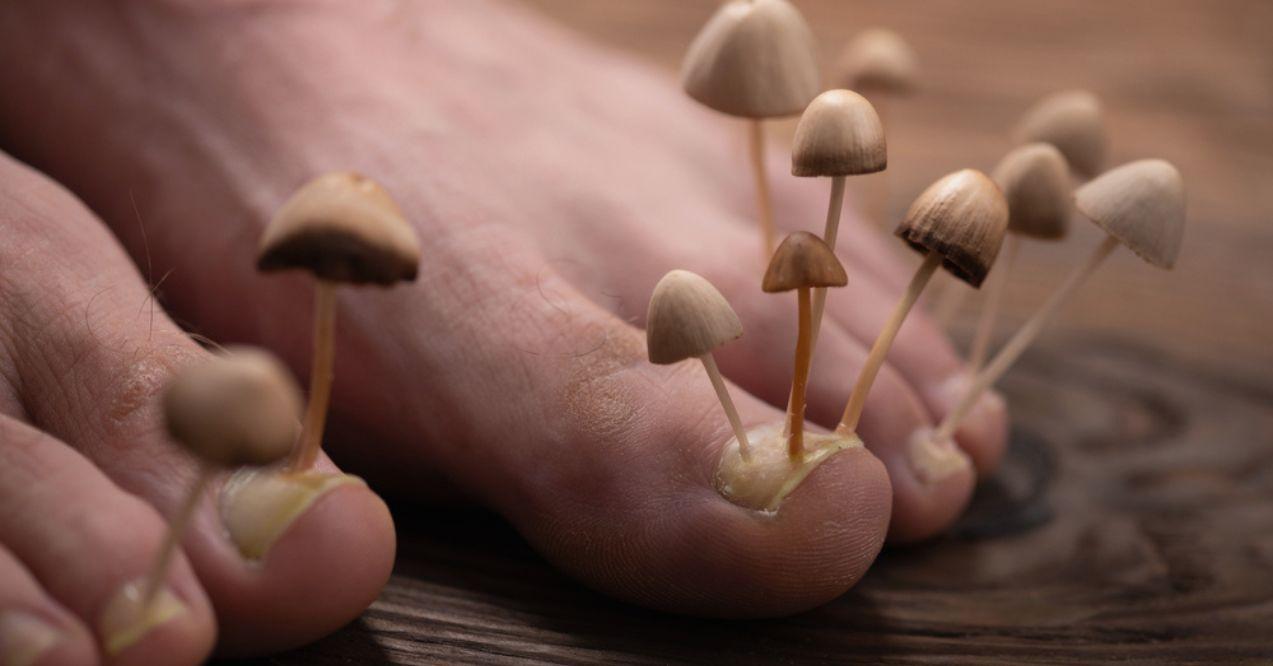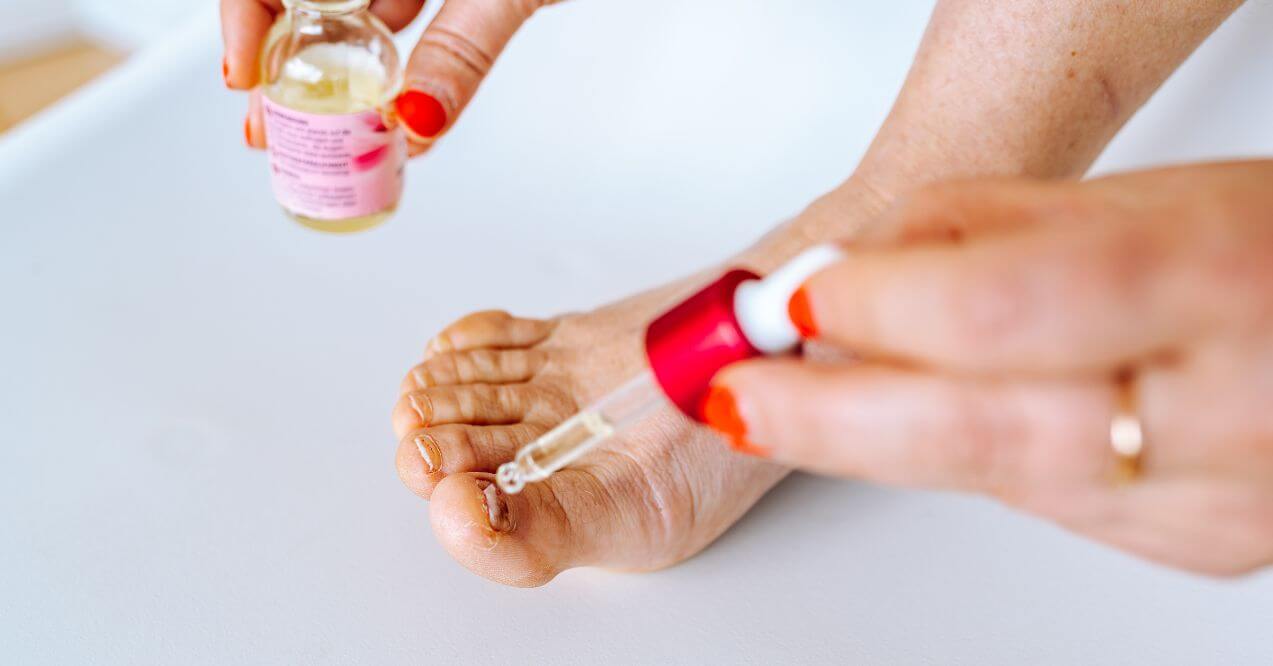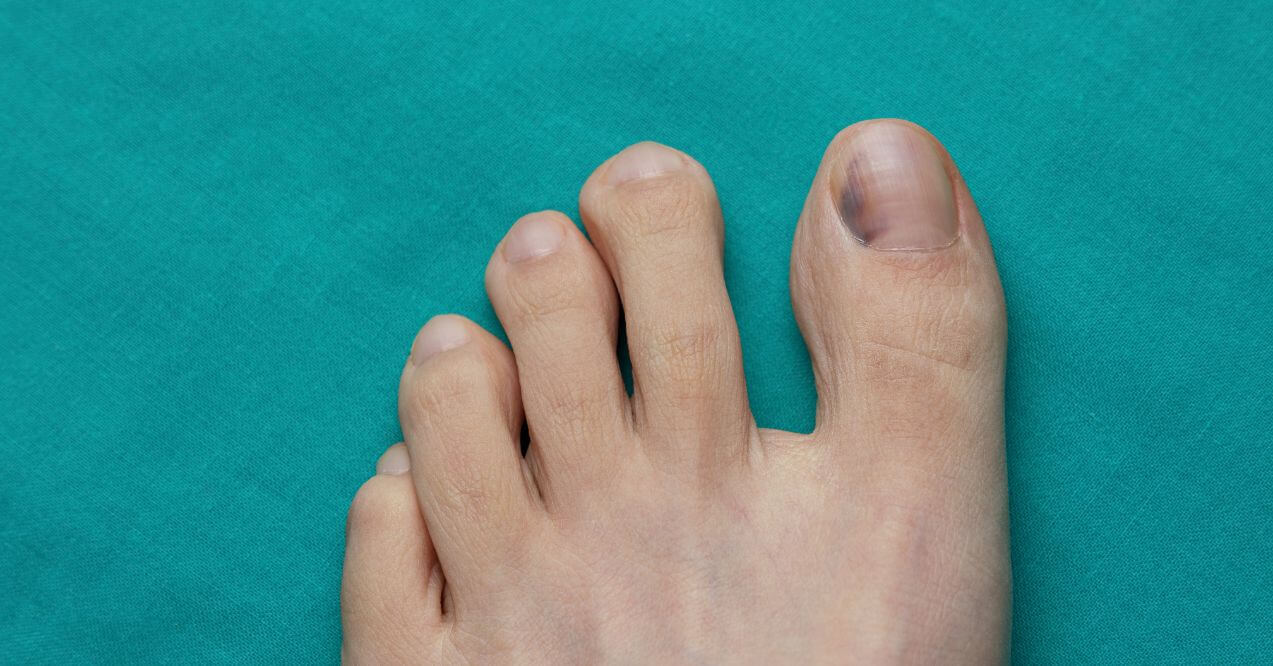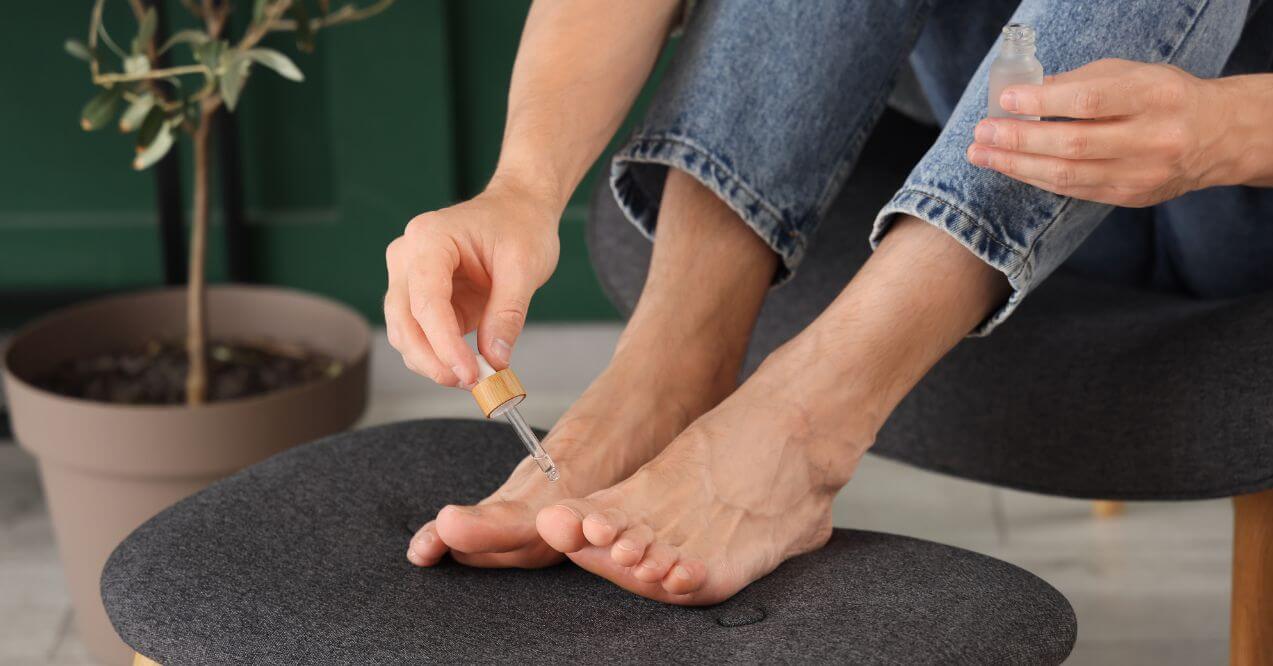Can You Get a Pedicure if You Have Toenail Fungus?
Can you get a pedicure if you have toenail fungus? Learn the do's and don'ts for safe nail care and maintain healthy feet. Read more!
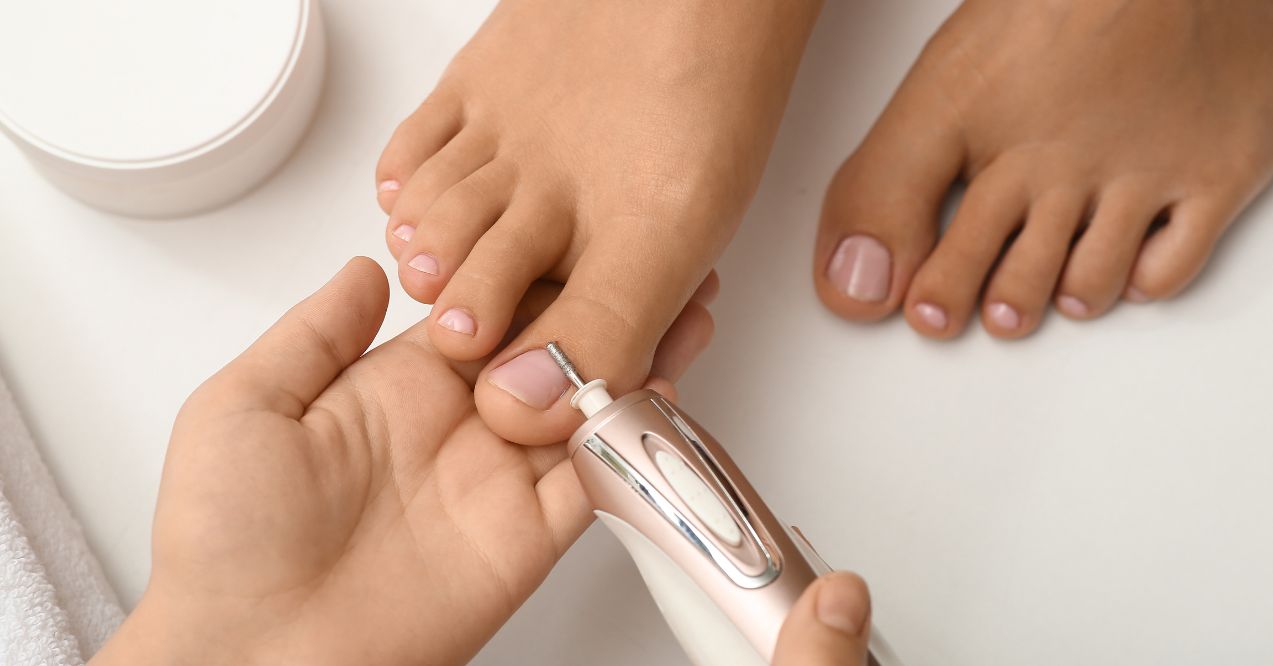

Toenail fungus is a common condition that can cause discoloration, thickening, and brittleness of the nails. If you’re dealing with this issue, you might wonder: can you get a pedicure if you have toenail fungus? The short answer is yes, but there are important factors to consider.
In the article below, we will look into the factors that everyone with toenail fungus should consider before heading to the salon to get a pedicure as well as introduce preventative solutions like Fungus Eliminator.
Understanding Toenail Fungus
Toenail fungus, medically known as onychomycosis, can be embarrassing and uncomfortable. If you are not familiar with how toenail fungus looks, it often causes your nails to change color, typically turning yellow, brown, or white.
The affected nails may become thicker, develop a rough texture, and lose their natural flexibility. Many people feel embarrassed to get a pedicure with fungus, but it’s important to remember that this is a common condition that professional nail technicians have likely encountered before.
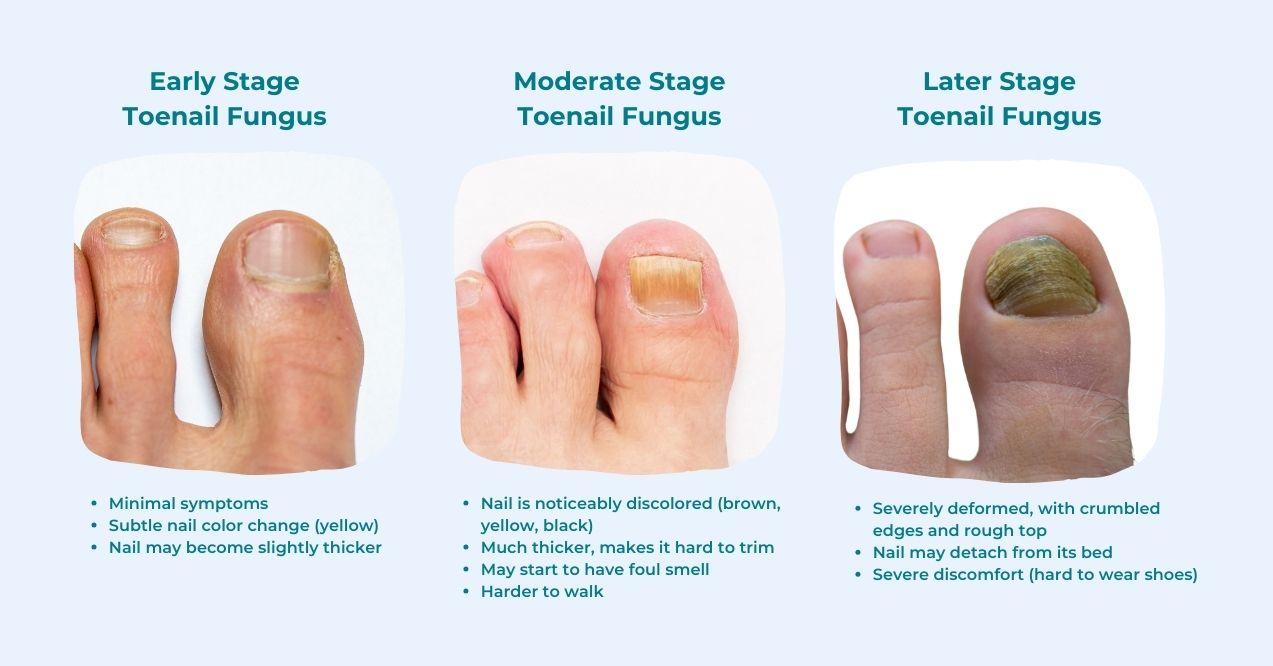
Should I Get a Pedicure if I Have Toenail Fungus?
If you’re wondering whether you should get a pedicure if you have toenail fungus, it’s important to weigh the potential benefits against the risks. A toenail fungus pedicure can actually be beneficial when done by a trained professional. Experienced nail technicians can safely trim and file infected nails, reducing thickness and improving appearance. They can also apply specialized treatments that may help get rid of the toenail fungus.
When considering a pedicure, keep these points in mind:
- Professional care – Trained technicians can prevent accidental damage to the nail or surrounding skin, which could worsen the infection.
- Hygiene standards – Choose a reputable salon that follows strict cleanliness protocols.
- Communication – Inform your nail technician about your condition so they can take extra precautions.
Timing is another important consideration. If you’re currently using a prescribed topical treatment, check with your doctor about the best timing for a pedicure. You might consider scheduling your pedicure right before applying a new round of treatment for maximum effectiveness.
Some salons offer specialized nail fungus pedicure services designed to be safe for those with infections. These might include extra sanitization steps, use of antifungal products, or gentle techniques to avoid aggravating the condition. If you’re still unsure about a salon pedicure, consider learning how to do a safe pedicure at home.
Remember, while a pedicure can help manage the appearance and comfort of your feet, it’s not a cure for toenail fungus. If you have concerns about the severity of your condition or whether it’s appropriate to get a pedicure, consult with a podiatrist or dermatologist.
Benefits of a Nail Fungus Pedicure
Getting a pedicure when you have toenail fungus can offer several advantages:
- Dead skin removal, which can reduce the environment where fungus thrives
- Improved overall foot health by preventing calluses and maintaining smooth skin
- Proper nail trimming to help prevent the spread of infection and maintain nail strength
- Application of specialized treatments that can help combat the fungus
Risks and Precautions
While a nail fungus pedicure can be helpful, it’s important to be aware of the potential risks. The fungus could potentially spread to other nails or clients if proper hygiene isn’t maintained. Using harsh tools or techniques could also damage already weakened nails.
To minimize these risks:
- Choose a reputable salon with trained staff
- Ensure the salon uses sterilized or disposable tools
- Inform your nail technician about your condition
- Consider bringing your own tools if you’re concerned about hygiene
Home Care for Toenail Fungus
In addition to professional pedicures, there are steps you can take at home to manage toenail fungus. Keep your feet clean and dry, and trim your nails regularly. Use antifungal treatments as recommended by a healthcare provider. You might also consider over-the-counter supplements designed to support nail health.
Natural Supplements for Toenail Fungus
When dealing with persistent toenail fungus, many people seek comprehensive solutions that support the body from the inside out. Supplements for toenail fungus are designed to help alleviate fungal infections and promote overall nail health.

These supplements often contain a blend of natural ingredients known for their antifungal, immune-supporting, and anti-inflammatory properties. Ingredients like oregano, garlic, turmeric, olive leaf extract, and caprylic acid are commonly used to help create an internal environment less favorable for fungal growth while supporting the body’s natural defenses.
Potential benefits of supplements for toenail fungus may include:
- Helping prevent recurrence
- Supporting the immune system
- Reducing discomfort
- Targeting fungal spores from within
It’s important to remember that results can vary based on individual health factors and the severity of the infection. For best results, supplements should be combined with proper foot hygiene, consistent nail care, and, when needed, professional treatments.
As with any supplement, it’s advisable to consult a healthcare provider before starting, especially if you have chronic conditions or take medications, as certain ingredients may interact with other treatments.
Finishing Thoughts
Don’t let toenail fungus keep you from caring for your feet. With proper precautions, you can safely get a pedicure and enjoy the benefits of professional foot care. Remember to choose a reputable salon, communicate with your nail technician, and continue your at-home care routine. Your feet deserve attention, regardless of their current condition. However, always consult with a healthcare provider for proper diagnosis and treatment of persistent toenail fungus.
Don’t let toenail fungus develop into a severe stage, thinking it will disappear on its own. Avoid using non-sterilized tools on your nails to prevent spreading the fungus. Also, don’t paint the affected area with nail enamel or get artificial nails. This creates a moist environment that helps the fungus grow.
You should. Make sure that your nail technician is aware of your condition so that they can exercise additional caution.
Yes, you can. Cut them with clean clippers, straight across, and not too close to the skin.
Sign up for our Healthy Living newsletter!
Advertisement. This site offers health, wellness, fitness and nutritional information and is designed for educational purposes only. You should not rely on this information as a substitute for, nor does it replace, professional medical advice, diagnosis, or treatment. If you have any concerns or questions about your health, you should always consult with a physician or other health-care professional. Do not disregard, avoid or delay obtaining medical or health related advice from your health-care professional because of something you may have read on this site. The use of any information provided on this site is solely at your own risk.



